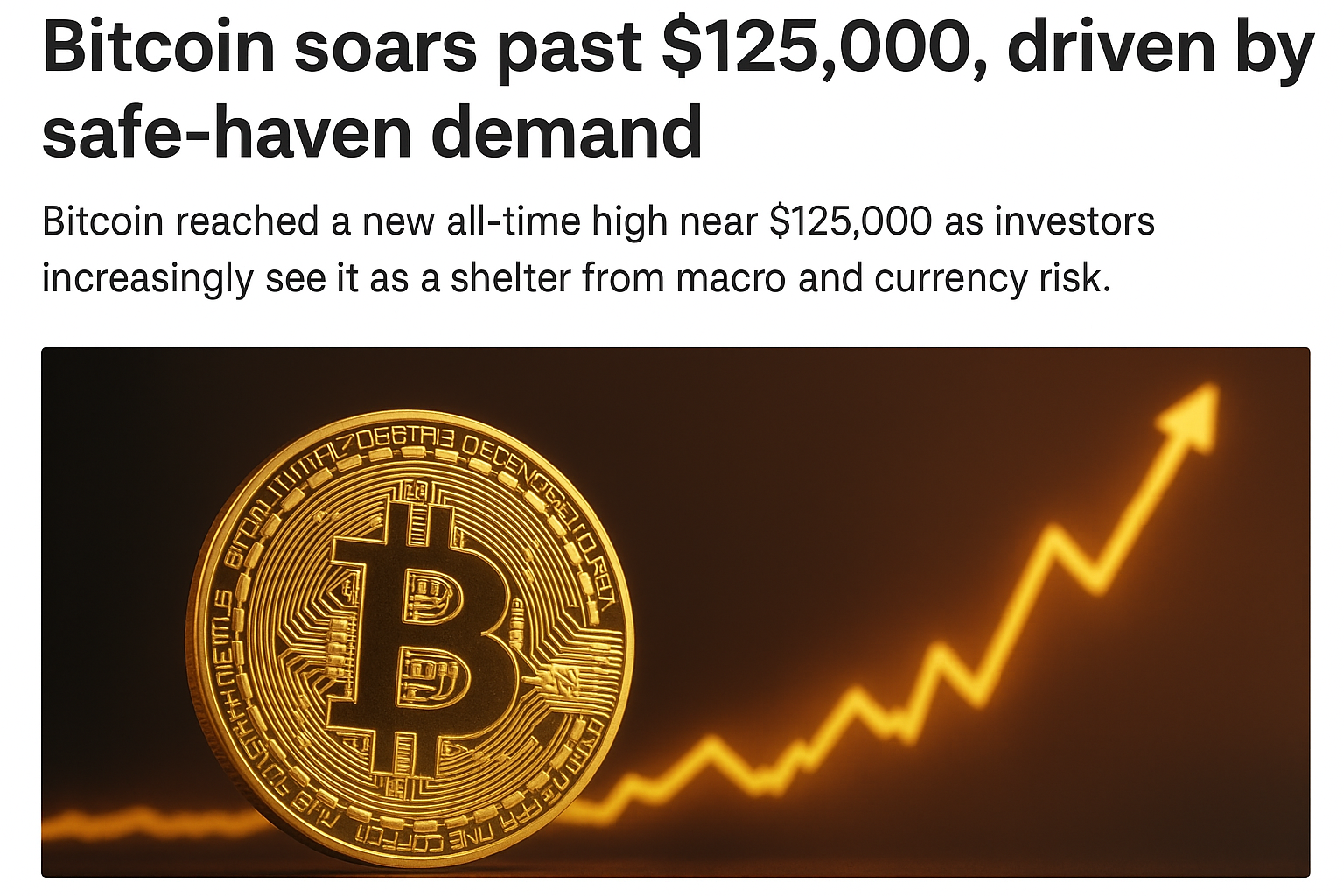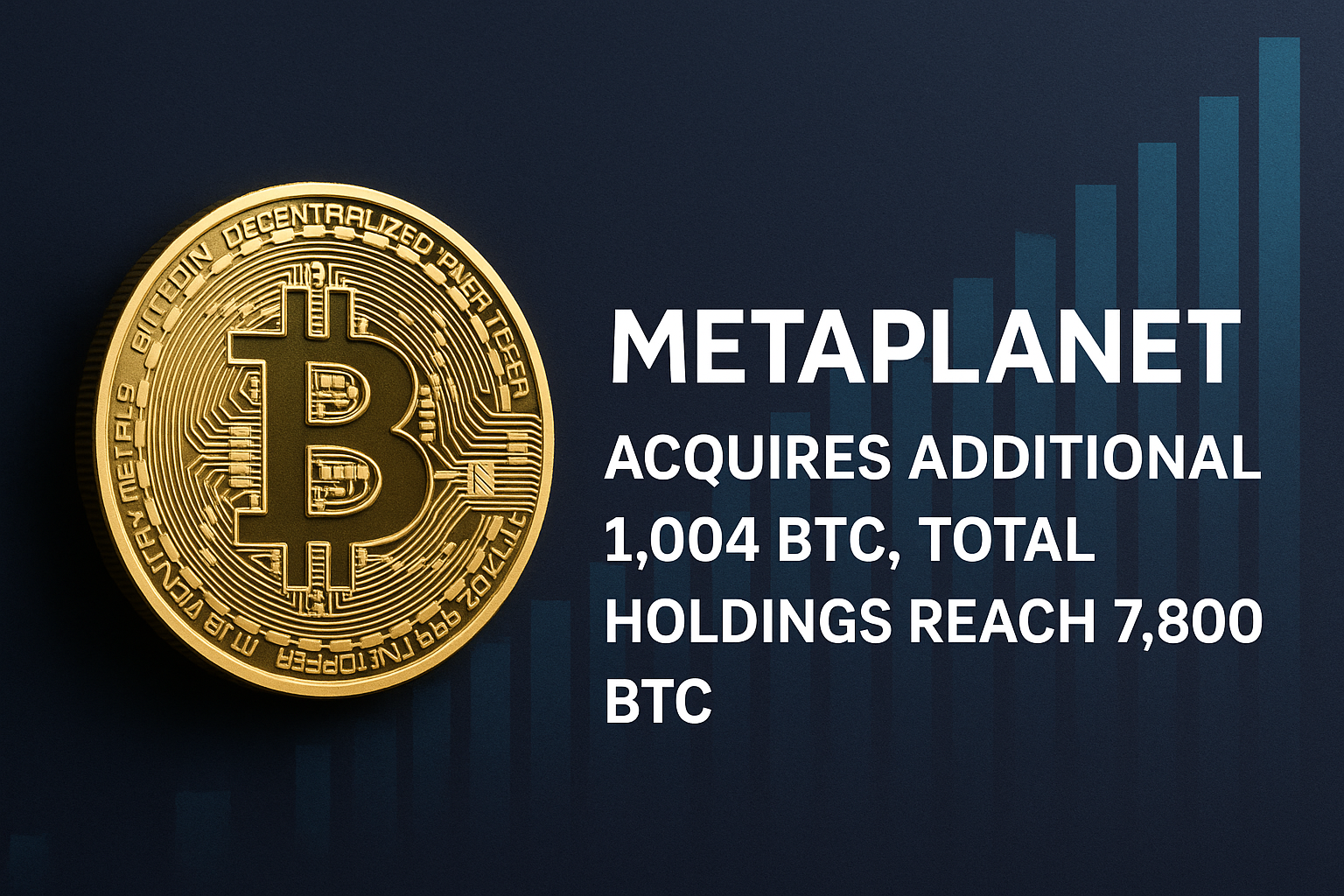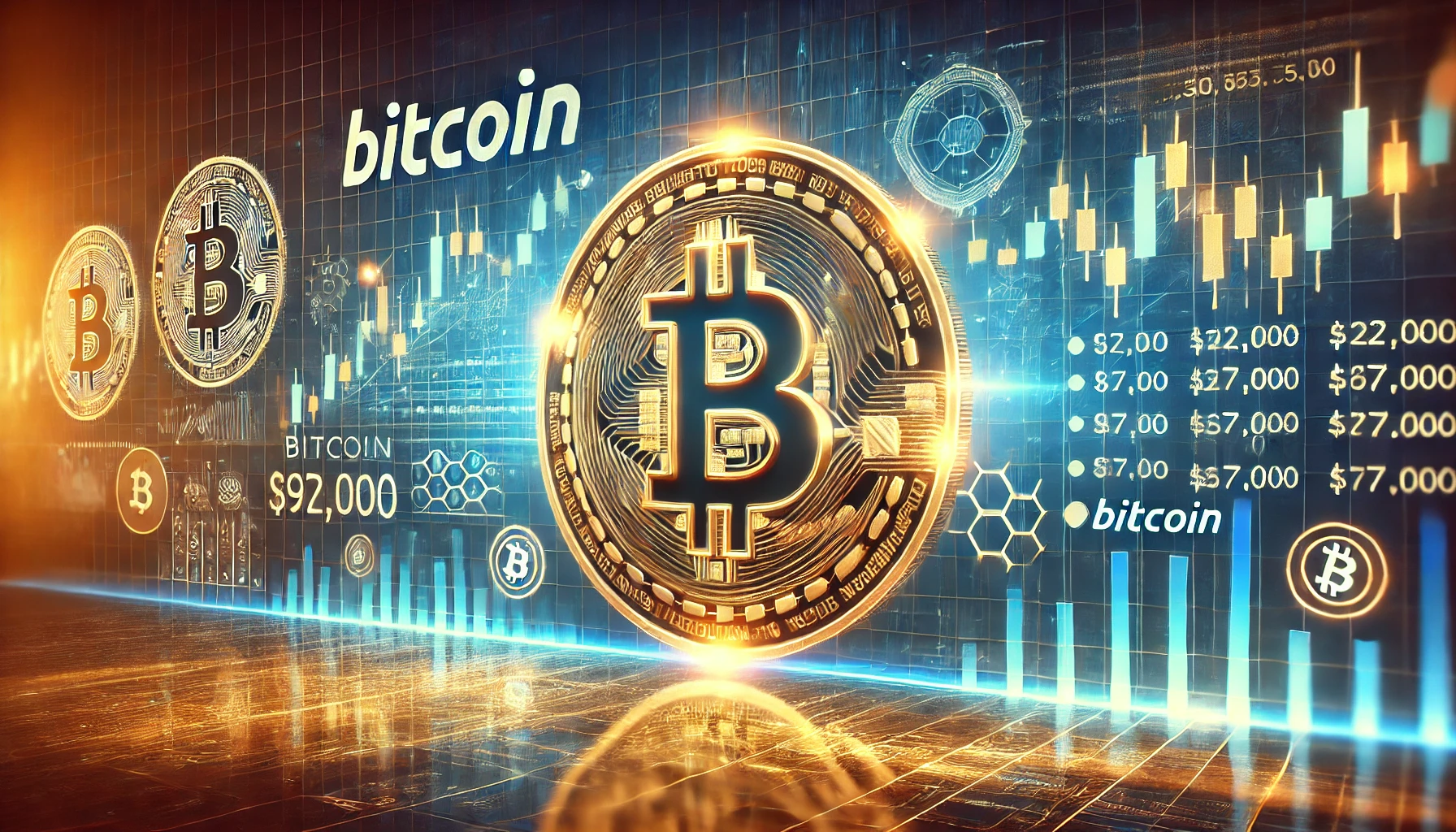As the cryptocurrency market continues to evolve in 2025, XRP finds itself at a critical juncture—caught between bullish momentum and a growing cloud of legal uncertainty. With Ripple Labs, the company closely tied to XRP, facing new legal setbacks in Oregon, investors are watching closely as the asset attempts to hold ground above key support levels.
A Closer Look at the Legal Landscape
Ripple has long been embroiled in legal battles, most notably with the U.S. Securities and Exchange Commission (SEC), over whether XRP qualifies as a security. While Ripple has made headway in its defense, the recent case emerging in Oregon adds a new layer of complexity. The case, filed by state authorities, is rooted in investor protection concerns and could signal a more aggressive stance by state regulators against crypto entities.
Legal experts caution that even if Ripple prevails at the federal level, state-level enforcement could continue to be a thorn in the side of both Ripple and XRP’s broader adoption. These fragmented legal threats add to the growing debate over regulatory clarity in the U.S., and how it may shape the future of blockchain innovation.
Market Reaction: Resilience or Risk?
Despite these legal pressures, XRP has shown notable strength. The token is currently trading at $2.11, reflecting a 25% increase over the past week. This surge highlights investor optimism and a continued appetite for risk—especially among retail traders who believe the legal headwinds are already priced in.
However, this price jump also exposes XRP to heightened volatility. The $2.30 level now acts as a psychological barrier, with strong resistance noted on technical charts. Meanwhile, the $2.15 support level remains a key battleground. A break below could accelerate a bearish correction, while a clear push above $2.30 may trigger bullish continuation toward $2.50 and beyond.
Investors Demand Clarity and Innovation
One of the ongoing themes across the crypto space is the desire for regulatory clarity. Investors—both institutional and retail—are seeking clear frameworks that allow them to evaluate risk while supporting innovation. Ripple’s legal journey is emblematic of this wider issue: can a project be compliant and disruptive at the same time?
While Ripple has positioned itself as a solution for cross-border payments, its long-term success is tied to its ability to navigate legal challenges without compromising on technology adoption. With more financial institutions exploring blockchain integration, Ripple must walk a fine line between compliance and growth.
What Lies Ahead?
The next few months will be pivotal for XRP. Legal outcomes in Oregon and ongoing developments in federal court will likely have a material impact on price action. Traders and long-term holders alike are advised to monitor not just the charts, but the courtrooms.
In the meantime, XRP remains a symbol of both the promise and the peril in the crypto space. Its ability to withstand regulatory headwinds while maintaining user interest speaks to its unique position in the market—but it also reminds us how deeply regulation can influence decentralized finance in practice.




